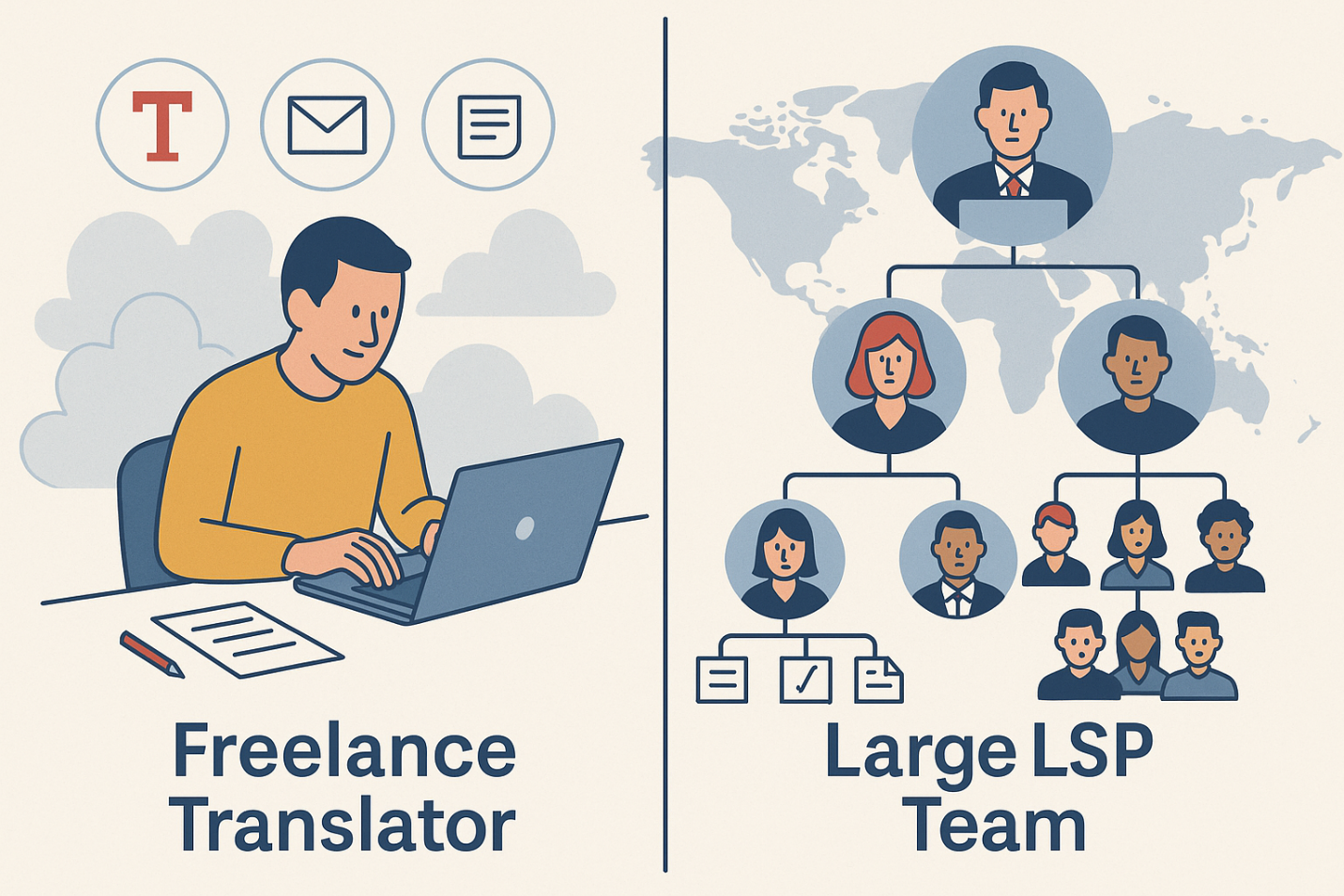
When buying a translation business management system (TBMS), many people view its cost as an expense. With this mindset, they start the conversation by asking about the price. Let us explain why this approach is flawed.
There are two main reasons why people buy goods and services: for consumption or investment. Purchases are either liabilities or assets. For example, when you buy a car or clothes, you typically don’t consider them investments (unless you’re a taxi driver or need a suit for negotiations). You buy them for consumption or personal enjoyment. However, when you buy stocks, hire new employees, or pay for Google ads, your purpose is different: you aim to earn more money than you spend. These are not expenses—they’re investments you hope will yield a return. In fact, every business expense should be considered an investment in some way.
Would you prefer a $100 stock or a $1,000 stock as an investment? This question is meaningless unless you know how each stock performs. The same logic applies to a translation business management system. It is a tool for improving and automating processes in your company, so you need to evaluate its return on investment (ROI), not just its price. What matters is not how much it costs but how much value it provides.
Calculating the ROI of a TBMS in pure numbers can be challenging because every business is unique. However, you can start by considering the time it saves. Take the hourly rate of your employees and compare it to the system's cost. For example, a Protemos subscription costs about $70 per month per user. If you pay your employees $25 per hour, the system needs to save each employee at least three hours of work per month to pay for itself. In reality, it saves much more time. Without a TBMS, your team spends significantly more time searching for information, managing translation projects and teams, invoicing, tracking payments, and handling countless other tasks.
Additionally, a TBMS generates reports instantly and provides real-time visibility into everything happening with translation projects in your company. You can also evaluate other translation management systems using this same approach.
So always consider translation management software as an investment, not an expense.



.png)

